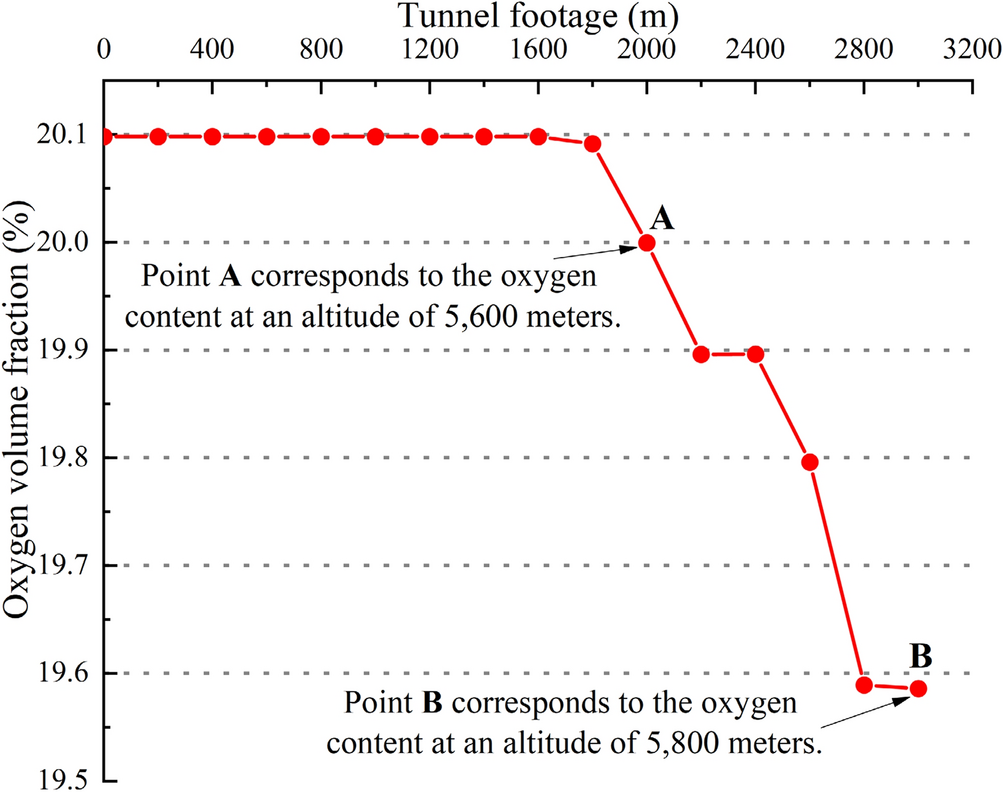
Application and configuration analysis of electric muck transfer equipment in plateau railway tunnel: a case study in southwest China
Nature Portfolio 2 years ago

layersDaily Sustainability Digest
Published about 1 hour ago
Technologically advanced materials are reshaping sustainable construction as carbon-sequestering innovations progress from concept to deployment. Heidelberg Materials’ integration of CarbonCure concrete technology demonstrates how captured CO₂ can enhance strength while reducing the embodied carbon of materials, directly addressing the carbon footprint of construction. This marks a decisive step toward net zero whole life carbon outcomes and aligns with the broader drive to decarbonise the built environment through low carbon construction materials.
Show MorearticleFeatured News

Midlands-based Deeley Group’s turnover rises as it enters its 90th year
2 hours ago

Indigenous People Face Cultural and Structural Affront at COP30
6 hours ago

Engineered wood: The environmental and economic benefits outlined by West Fraser
16 hours ago

Appointments Round-Up (05/12/2025)
17 hours ago

OPINION: To deliver heat networks, we need to rewrite the EfW narrative
18 hours ago

'Energising Britain': DESNZ debuts new public participation plan
18 hours ago
play_circleFeatured Videos

Le minage de Bitcoins est-il vraiment mauvais pour la planète ?
2 days ago

Slurry Store Construction Guidance for Farmers and Contractors
4 days ago

How This Perovskite Breakthrough Could Change Solar Forever
4 days ago

2025 in review: unlocking the circular economy opportunity
4 days ago

Podcast Recording Darren, Paul, Chaline, Oliver
8 days ago

Is Truly Sustainable Business Possible? Here's What Stops It
10 days ago
podcastsFeatured Podcasts

Hiding in Plain Sight
18 hours ago

Cultivation as Connection: Jennifer Jewell on the Human Impulse to Garden
2 days ago

Healthy Buildings & Predictive Science with Dr. Christa Wright
3 days ago

2025 in review: unlocking the circular economy opportunity
4 days ago

The Evolution of Evolution
4 days ago

5 Steps for Better IAQ: ICYMI
5 days ago
Get your opinion heard:
Whole Life Carbon is a platform for the entire construction industry—both in the UK and internationally. We track the latest publications, debates, and events related to whole life guidance and sustainability. If you have any enquiries or opinions to share, please do get in touch.
WLC Assistant
Ask me about sustainability











